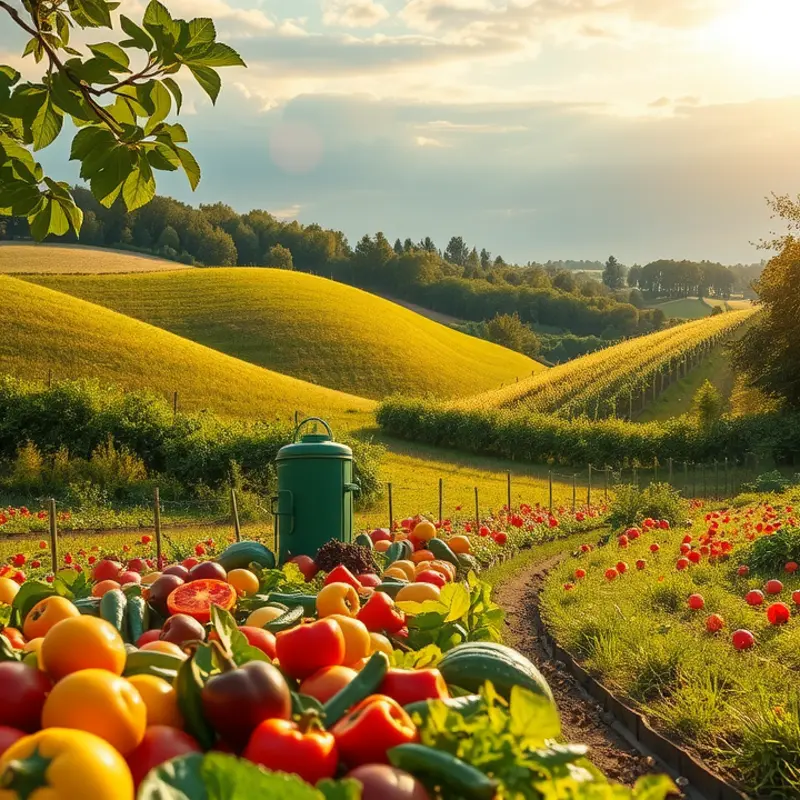Juggling busy schedules and family meals can feel overwhelming. Meal prepping is a practical solution to ease the chaos in the kitchen. With just a few simple strategies, you can streamline your cooking process, save time, and ensure healthy eating for yourself and your loved ones. Whether you’re an experienced cook or a kitchen novice, prepping ingredients ahead of time allows you to whip up delicious meals without the stress. Let’s dive into effective ways to set yourself up for seamless, satisfying meals throughout the week.
Setting Up Your Meal Prep Station

Creating an efficient meal prep station is crucial for simplifying meal preparation. Start by identifying a dedicated space in your kitchen, ideally close to the refrigerator and sink for easy access to ingredients and cleanup.
Essential Tools
Equip your station with the essential tools to streamline the process. A sharp chef’s knife, cutting board, and a set of mixing bowls are vital. Measuring cups and spoons help in maintaining portion control. Invest in quality storage containers with clear visibility to keep ingredients fresh and organized. Keep these items within arm’s reach to avoid unnecessary movement and save time.
Organizing Ingredients
An organized prep area fosters efficiency. Begin by categorizing ingredients by type—proteins, vegetables, grains, and condiments. Assign specific spots for each category on your countertop or pantry for quick access during prep. Consider labeling shelves and jars, making it easier to identify what is running low before shopping trips.
User-Friendly Setup
Your meal prep station should promote a smooth workflow. Use vertical storage solutions and stackable containers to maximize space. A small cart or moveable trolley can host regularly used items, reducing clutter. An uncluttered counter with clearly defined prep areas boosts focus and productivity.
Batch Cooking Techniques
Incorporate batch cooking techniques to minimize effort and maximize output. Prepare large quantities of staple dishes, such as grains, roasted vegetables, or proteins, that can be repurposed throughout the week. This not only saves time but also ensures you have wholesome meals available, reducing the temptation to order takeout. Consider using cooking techniques that require minimal attention, like baking or slow cooking. For inspiration on how to incorporate these techniques seamlessly, visit the Practical Ingredient Batching guide.
Maximizing Space
In small kitchens, maximizing space is key. Use wall-mounted racks and magnetic strips for storing knives and metal utensils. Opt for collapsible or nesting cookware to save cabinet space. Shelving above the counter can store less frequently used items.
Efficiency Tips
Keep a notebook in your prep area to jot down ideas and recipes or track ingredients. Regularly revisit and adjust your setup for better efficiency as your needs evolve. By maintaining an organized and well-stocked meal prep station, you’ll find it easier to adhere to your meal plans, encourage healthier eating, and reduce food waste.
This seamless setup not only makes meal prepping more enjoyable but also allows you to dedicate more time to other aspects of your life.
Batch Cooking and Ingredient Prep Techniques

Batch cooking is a game-changer in meal prep, allowing you to create versatile meals with minimal daily effort. It involves preparing staples like grains, proteins, and vegetables ahead of time, which can greatly simplify your weeknight dinners.
When planning your batch cooking session, start with grains. Cook a large batch of rice, quinoa, or pasta. These can be cooled, portioned, and stored in airtight containers in the refrigerator for up to five days. Grains serve as a perfect base for salads, stir-fries, or bowls. To preserve their texture, store them without added sauces or oils.
Proteins can be prepped in bulk as well. Roast a sheet pan of chicken breasts, bake a couple of salmon fillets, or hard boil a dozen eggs. This makes it easy to mix and match proteins with various grains and vegetables throughout the week. Proteins, stored correctly in airtight containers, can remain fresh for several days and be added quickly to meals, saving you cooking time.
Vegetables are another essential prepping component. Chop and store them based on their use: raw for salads, roasted for sides, or stir-fried for quick add-ins. To extend freshness, store each type of vegetable separately in a container lined with a paper towel to absorb excess moisture. This method is particularly effective for greens and sliced veggies like bell peppers and cucumbers.
The flavor and freshness of your prepped ingredients depend heavily on proper storage techniques. Invest in quality glass containers or reusable bags that seal tightly to keep your food fresh. Label containers with the date of prep to follow the first in, first out approach, minimizing food waste.
Once your staples are prepared, use creative combinations to craft meals that don’t feel repetitive. For example, turn your cooked grains and proteins into a vibrant bowl by adding crunchy vegetables and drizzling with an easy homemade sauce. Try this guide on easy sauce simmering for inspiration.
Equally valuable is planning how these ingredients can transform into different flavor profiles. A single roasted chicken can transition from a Mexican-themed dish with black beans and salsa to an Italian vibe with tomatoes and basil. This method of transformation keeps the meals exciting, even when using the same core ingredients.
Batch cooking isn’t just about cooking large quantities; it’s about smart prepping. By organizing your staple ingredients, you can create a week of nutritious meals that align with varying dietary needs and preferences. With a little preparation and creativity, meal prep becomes both efficient and enjoyable.
Final words
Meal prepping doesn’t have to be an overwhelming task. By creating a designated prep station and making use of batch cooking strategies, you can simplify your meal routines and make the most of your time in the kitchen. Embrace these practices to not only feed your family nutritious meals but also to cultivate a more serene cooking environment. Remember, the key is consistency and organization. Start with small steps, gradually building a pantry of prepped ingredients that will save you time and effort during your busy week. Enjoy the seamless flow from preparing to sharing delightful meals with those you love!







